The Zero Water Tester is a device used to measure the quality of your drinking water. It measures the total dissolved solids (TDS) in your water, which includes minerals, salts, and other impurities. By using this tester, you can determine if your water needs further filtration or if it is safe to drink. In this guide, we will discuss how to use Zero Water Tester to ensure that you have access to clean and healthy drinking water.
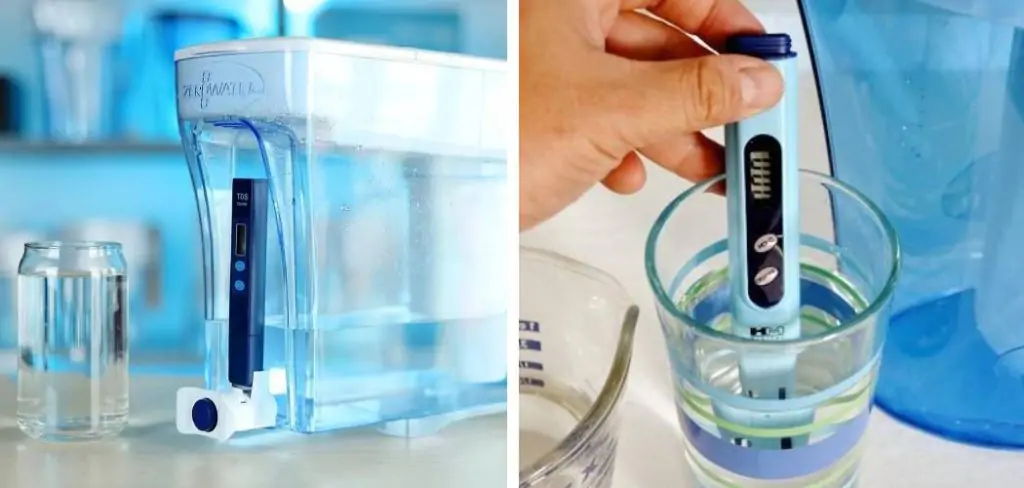
What is the Ideal Tds Level for Drinking Water?
Before using the Zero Water Tester, it is important to understand what TDS levels are considered safe for drinking water. According to the Environmental Protection Agency (EPA), the maximum amount of TDS allowed in drinking water is 500 parts per million (ppm). However, many experts and health organizations recommend a lower level of 50 ppm for optimal health benefits.
It is important to note that TDS levels can vary depending on the source of your water. For example, tap water may have a higher TDS level compared to filtered or bottled water. It is always a good idea to test your water regularly and make adjustments accordingly.
10 Essential Tips for How to Use Zero Water Tester
Whether you’re a water connoisseur looking for the purest sips or just want to ensure your tap is safe to drink, a Zero Water Tester is a must-have tool. This handy device tells you the total dissolved solids (TDS) in your water, giving you a clear indication of its cleanliness. However, reading the tester might seem a bit cryptic at first glance. Don’t fret, because here’s how to make sense of the numbers and ensure you’re getting the best water quality.
1. Understand Your TDS Scale
When your Zero Water Tester spits out a TDS reading, what does it actually mean? TDS levels are measured in parts per million (ppm), and the scale indicates the amount of inorganic salts, as well as organic matter, that’s dissolved in water. As a general rule, the lower the TDS, the purer the water. A reading of 0 ppm means you’re drinking the closest thing to pure H2O outside the lab.
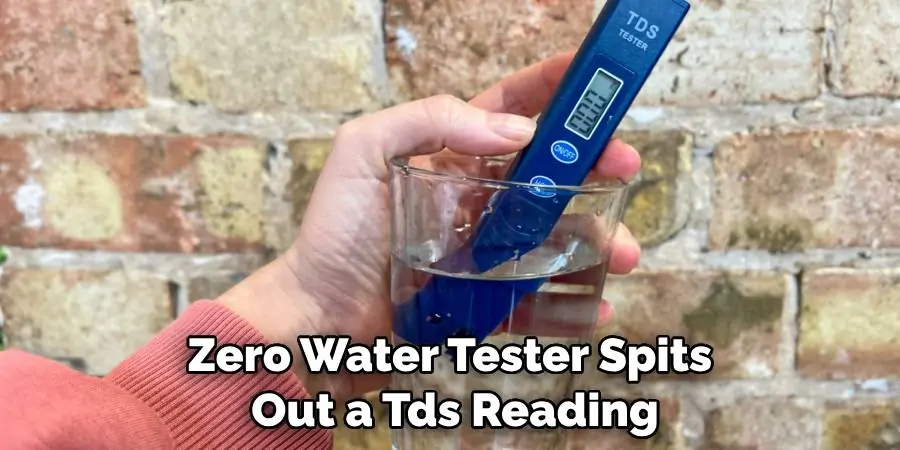
2. Learn the Legal Standards
Different countries and regions set standards for TDS, or the impurity threshold, for drinking water. The EPA in the U.S., for example, suggests a maximum concentration limit of 500 ppm for TDS in drinking water, though arguably the best taste and quality comes from levels under 100 ppm. Understanding these standards will give you a context to judge your results.
3. The Source Matters
The TDS in water comes from various sources, including minerals in soil and the bedrock through which the water flows, urban and agricultural runoff, industrial waste, and even the corrosion of pipes in your own home. Knowing your water’s source can help you interpret your TDS reading. For instance, well water is likely to have a higher natural mineral content than municipal tap water.
4. Test Regularly
TDS readings can fluctuate, so it’s important to test your water regularly. Factors like seasonal changes, nearby construction, and even water pressure can all affect TDS levels. Consistent testing will help you spot these changes and identify any potential issues with your water supply before they escalate. Regular monitoring of TDS levels ensures that you are aware of the quality of your water over time and can take appropriate action, such as filtering or seeking alternative sources, if the water quality deteriorates or does not meet the recommended standards.
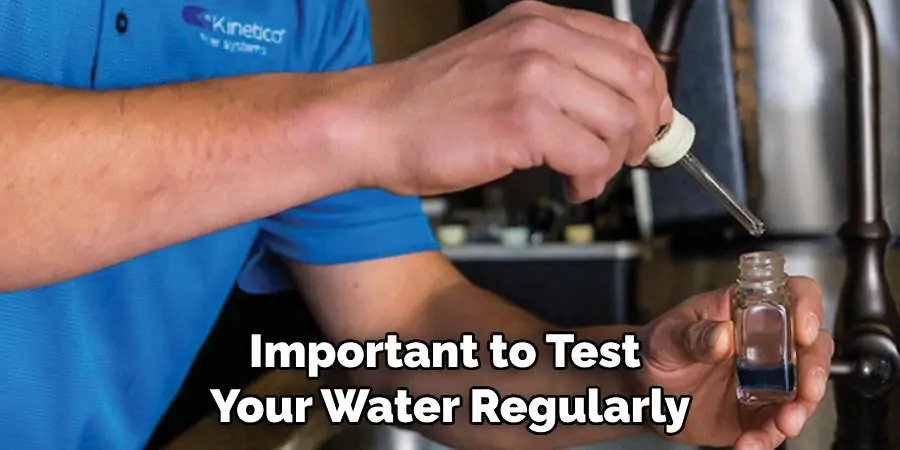
5. Maintenance Is Key
The accuracy of your Zero Water Tester is only as good as its maintenance. Ensure the probe is clean before each use and store it properly in distilled water to prevent mineral deposits. Regularly calibrate your tester by following the manufacturer’s guidelines, usually with a standard calibration solution, to keep it accurate.
6. Comparing Readings
Comparing TDS readings from different sources can be enlightening. Test both filtered and unfiltered water, various brands of bottled water, and, if you’re inquisitive enough, water at different locations. This will give you a sense of how well your filter is working and the variation in water quality you might encounter.
7. Know Your Filters
Different filters target different impurities. From carbon filters that reduce taste- and odor-inducing compounds to reverse osmosis systems that can significantly reduce TDS levels, understanding your filter’s capabilities will give you a good idea of what to expect in terms of TDS reduction.
8. Filter Effectiveness
Filter effectiveness is best measured by tracking the changes in TDS readings over time. As the filter nears the end of its life, you may notice TDS levels creeping up, indicating the need for a filter replacement. This type of testing can give you a more nuanced understanding of your filter’s performance than a one-time reading.
9. Water Temperature and TDS
The temperature of the water can affect TDS readings. As a rough guideline, lower temperatures can result in slightly lower TDS readings due to the decreased solubility of salts in cold water. For the most accurate comparisons, try to test all water samples at the same (room) temperature.
10. Action on Results
Lastly, and most importantly, your TDS readings should dictate your water habits. High TDS levels might prompt you to invest in a more robust filtration system, while consistently low levels may give you peace of mind or indicate that your water is near-perfect. Regardless of the reading, using the TDS tester serves as a valuable motivator to stay hydrated with the best quality water you can access.
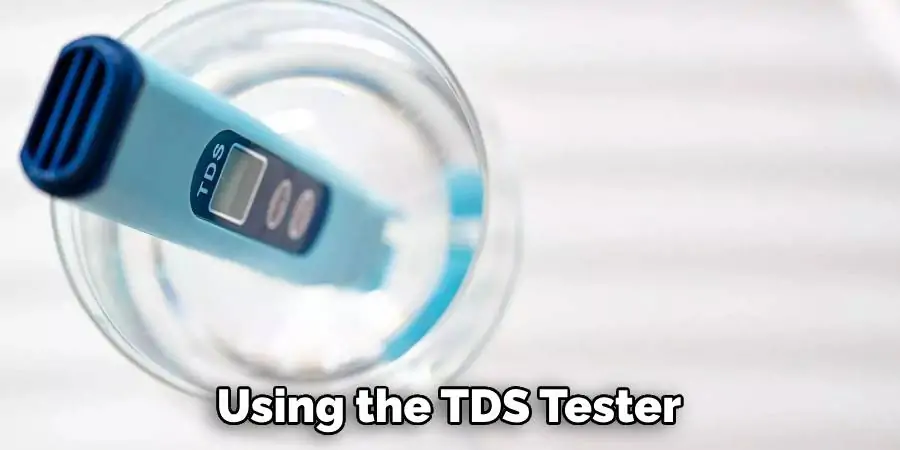
The Zero Water Tester is a simple yet powerful tool that can demystify the quality of your water supply. By following these tips and using it regularly, you’ll not only master the nuanced language of TDS but also ensure that every glass you drink is as close to purity as you can get.
Additional Tips
- Store your ZeroWater Tester in a cool and dry place when not in use.
- Always wash the tester before and after each use to ensure accurate readings.
- Consider using a water filtration system, such as ZeroWater’s pitcher or dispenser, in addition to testing for even cleaner drinking water.
- If you are unsure about your water source or live in an area with known contamination issues, it’s best to test your water more frequently than once a month.
- Regularly changing the filter in your ZeroWater pitcher or dispenser can also help maintain the quality of your drinking water.
- Remember to always follow manufacturer instructions for proper maintenance and usage of your ZeroWater products. So, with a little effort and some extra care, you can enjoy clean and pure water every day with ZeroWater. Stay hydrated and stay healthy!
You Can Checkit Out to Use Kitchenaid Dishwasher
Frequently Asked Questions
Does the ZeroWater Tester Work?
In an age where water purity is not just a preference but a necessity, the ZeroWater Tester emerges as a beacon of assurance, promising to reveal the unseen with a simple yet profound demonstration of technology. But does this device truly work? Imagine filling a cup from your kitchen tap, the clarity of the water belies the hidden contaminants lurking within. With bated breath, you dip the ZeroWater Tester into the liquid, and the digital display springs to life.
It’s a moment of truth; the numbers plummet, and a clean zero indicates the absence of dissolved solids. It’s not just a reading; it’s a revelation—a testament to the efficacy of the ZeroWater filtration system. The simplicity of how to use Zero Water Tester hides the sophistication of its operation, proving it to be an invaluable tool in your health arsenal, ensuring every sip of water is as pure as nature intended.
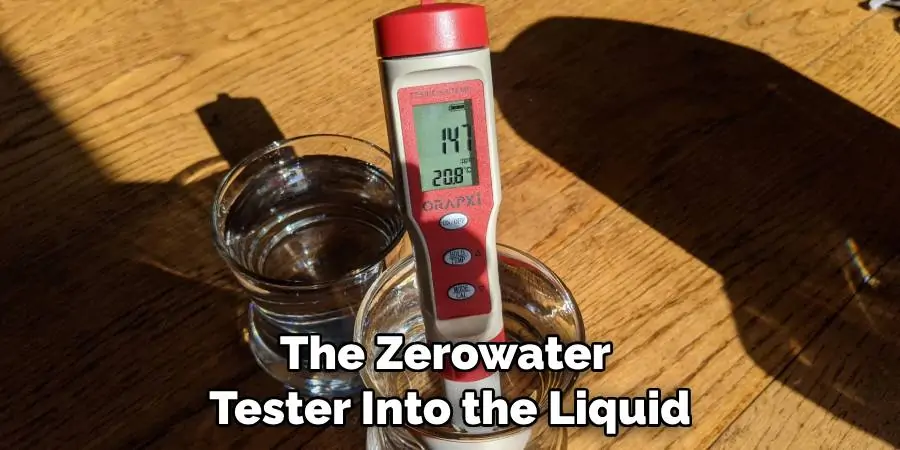
How Often Should I Test My Water?
It’s recommended to test your water at least once a month to monitor any changes in TDS levels. However, if you notice a change in the taste or smell of your water, it’s best to test it right away. Additionally, if you have concerns about your water source or live in an area with known water quality issues, testing more frequently may be beneficial.
Why is My ZeroWater TDS Not Working?
If you find that your ZeroWater TDS is not working, there could be a few reasons behind it. Firstly, ensure that the batteries are correctly inserted and have sufficient power. If the device still does not turn on, try changing the batteries or contacting customer support for further assistance. Additionally, make sure to properly clean and maintain your ZeroWater tester as instructed in the
Conclusion
In this guide, we discuss how to use Zero Water Tester and its importance in ensuring the purity of your drinking water. The ZeroWater filtration system is a simple yet effective way to remove dissolved solids from your tap water, providing you with clean and healthy drinking water. Regularly testing your water with the ZeroWater Tester can help you monitor the quality of your water and ensure it meets your standards. So why settle for anything less than pure, when you can have ZeroWater purity every time? Stay healthy and hydrated with ZeroWater.
